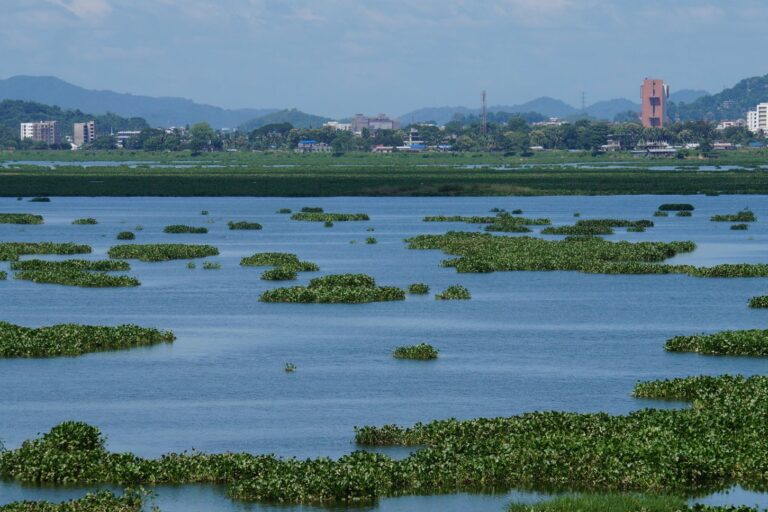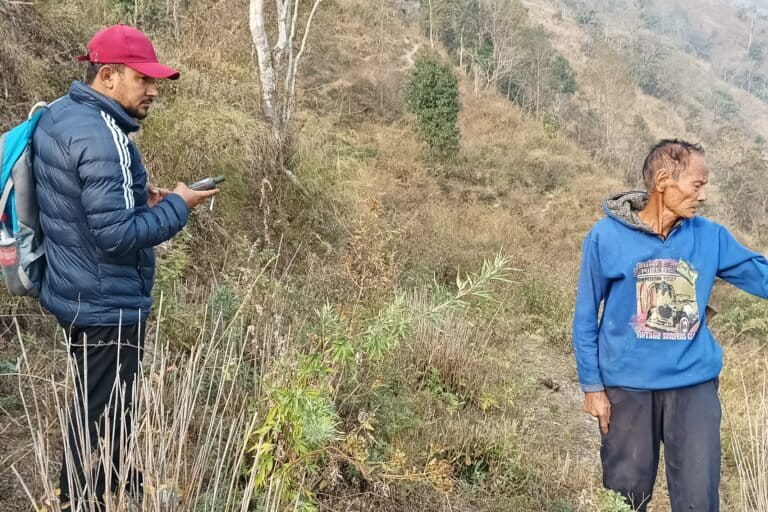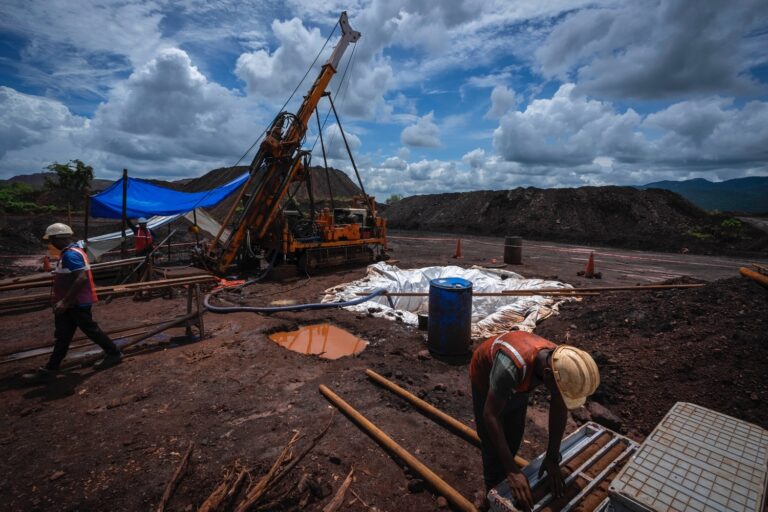- Growth rate of tourists to Chilika has slowed down from 2007 onwards and there is low satisfaction among visitors due to high expectations, found a study.
- Dolphin sightings are not guaranteed, said the researchers, and this message needs to be communicated to visitors, highlighting the need for improving communication in wildlife tourism.
- With the long-term sustainability of the industry at stake, researchers recommend development of a system where human elements are considered alongside ecological and economic factors to sustainably manage the industry.
The dolphin-watching industry at Odisha’s Chilika lagoon is showing signs of decline. Visiting tourists have high expectations and derive low satisfaction from their dolphin-watching experience, finds a recent study by a team of researchers at Australia’s James Cook University.
With the long-term sustainability of the industry at stake, the researchers recommend the development of a multidimensional “early warning system” where human elements are considered alongside ecological and economic factors to sustainably manage the industry.
When tourism is sustainable, it benefits locals and provides tourists with a high-quality experience whilst preserving the environment. As a result, sustainability has many dimensions — social, political and ecological, among others — and all of these are linked, said Coralie D’Lima, the lead author of the study, who is currently a senior programme coordinator at WWF-India.
“So generally if an industry is not sustainable from the human dimensions perspective (economics, managerial and social), it is also not sustainable from the ecological or environmental perspective,” said D’Lima in an interview with Mongabay-India.
While many studies have focused on how tourists affect the behaviour and abundance of dolphins, most fall short of concrete solutions to sustainably manage the industry from an ecological perspective because most studies are short-term, explained D’Lima. In this first-its-kind study from India, the research team looked at multiple human indicators to assess the sustainability of the dolphin-watching industry at Chilika lagoon.

Located in the eastern state of Odisha, the brackish water Chilika lagoon, which is Asia’s largest, boasts a high diversity of fish and birds and is also home to one of the largest subpopulations of the vulnerable Irrawaddy dolphins (Orcaella brevirostris) of around 150 individuals.
Read the Mongabay-India article on Chilika emerging as the largest habitat for the Irrawaddy dolphin.
These shy aquatic mammals with bulging foreheads are mostly concentrated at the outer channel where they feed. Dolphin-watching tourism has been an important source of alternative income among fishers who had catered to around 155,000 tourists annually by 2011.
From 2010 to 2011, the team surveyed 227 visitors returning from dolphin-watching boat trips, probing their background, perceptions, preferences, specialisation and satisfaction levels. In addition, the team conducted informal discussions with boat operators and owners and analysed tourist visitation numbers to the outer channel of Chilika from 2003 to 2013.
Unrealistic expectations and misleading marketing
The records show that tourist visitation to Chilika has been growing at a slower rate from 2007 onwards. The survey also found that the tourists were almost exclusively domestic, mostly coming from nearby eastern Indian states and were largely first-time visitors to Chilika. Almost two-thirds of them had never previously interacted with dolphins.
Most were dissatisfied with their dolphin-watching experience as many had high pre-trip expectations, hoping to spot a pod of dolphins or sights of them leaping out of the water, known as breaching.
Such expectations are likely due to misleading and aggressive marketing, according to the team. Most of the signboards showed breaching dolphins, but Irrawaddy dolphins hardly ever breach, said the researchers.
“Often they merely stick the top of their heads out of the water to breathe, and then go back in,” revealed D’Lima.
“Tourism operators promote dolphin tourism as if sightings are guaranteed,” she added. “It is true that the dolphins have a very high site fidelity in that region of the lagoon, but often one sees only a fin or and head and that’s it!”
Wildlife tourists who are specialised, tend to be more in favour of conservation and have very low expectations of sightings compared to unspecialised ones, said D’Lima. “If one goes on a nature-based tourism ride, one must not expect anything because everything in the wild is unpredictable. This has to be conveyed to tourists through proper communication and interpretation.”
High expectations among tourists could lead to aggressive pursuing behaviour by boat operators, but they should not follow such demands, warned D’Lima, highlighting the need to educate them that such behaviour could, in fact, drive the animals away. Also, tourists should be briefed “that dolphin sightings are a unique experience and their behaviour or even sightings are not guaranteed,” she added.

During her last two visits to Chilika in 2018, D’Lima observed that “the whole industry has potentially become worse” than 2011 when the study was conducted. There was no change in the type of tourists visiting and “still no interpretation on board the tourist boats,” she said. “If anything it’s become a bit more difficult to see the dolphins, possibly because they are being chased continuously.”
Solutions and the way forward
Gurudas Nulkar, head of the department of strategy and general management at Symbiosis International University and member of the university’s biodiversity committee said that the study “has important implications for wildlife tourism policy in India,” noting that the tourists’ expectations of guaranteed sightings of dolphins are akin to tourists who visit tiger sanctuaries. “While these sanctuaries have a wealth of flora and fauna, it is the tiger sighting which tourists yearn for. They are disappointed to return home without a sighting.”
As a result, Nulkar feels that improving communication in wildlife tourism is the need of the hour. “Can the Ministry of Environment, Forests and Climate Change communicate in a way which makes the presence of a bear or wild dog, no less glamorous than a tiger? In other words, can tourists be sensitised to the presence of other fauna? To the ecological value of the forest? To the urgency of conservation?” he asked, stating that this study has “great potential for guiding policymakers in this attempt.”
Management strategies should be targeted to the type of tourists that visit taking into account their background, said the researchers, stressing that nature-based tours should be promoted, which are likely to be more successful than when marketed as dolphin-watching tours.

The sustainability of the industry can be monitored by developing an “early warning system” comprising multiple indicators of tourism sustainability such as ecological, social and economic, the team proposed. When the thresholds of the indicators have crossed a certain pre-decided threshold, managers can take appropriate action. But, we need more long-term studies assessing the ecological and environmental sustainability of the industry, highlight the researchers.
CITATION
D’Lima, C., Everingham, Y., Diedrich, A., Putu L. Mustika, Mark Hamann & Helene Marsh (2018): Using multiple indicators to evaluate the sustainability of dolphin-based wildlife tourism in rural India, Journal of Sustainable Tourism, DOI: 10.1080/09669582.2018.1503671
Banner image: The dolphin-watching industry at Odisha’s Chilika lagoon is showing signs of decline as demonstrated by the sluggish rate of growth of tourists visiting the region. Photo by Coralie D’Lima.














